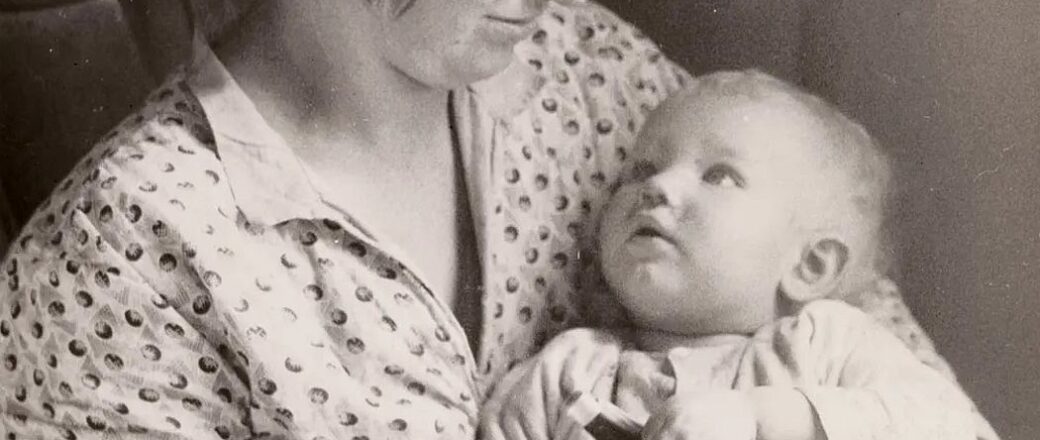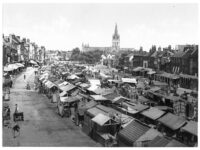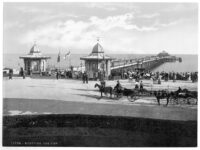Photographs can transport us to different times and places, offering a unique glimpse of the world through someone else’s eyes. In the mid-1970s, psychiatrist Dr. Barry Ramer and his wife Lois started building a collection of international photography. Diverse in subject matter, their collection is united by an engagement with the human condition and a concern for righting social inequities. Frames of Mind celebrates the Davis couple’s most recent gift of 68 photographs to the Crocker, given on the 50th anniversary of when they began building their collection. This new acquisition joins 73 other photographs that the Ramers have gifted since 2015 and explores the shared experiences that connect humans across different cultures, regions, and time periods. Many of the photographs in this gift represent the first works by an artist to enter the Crocker’s collection, while others deepen the Museum’s existing holdings.
The Ramer’s most recent gift includes photographs by the acclaimed Harlem Renaissance photographer, James Van Der Zee. Van Der Zee’s images capture the vibrant and growing African American middle class in Harlem in the 1920s and 1930s, focusing on such subjects as a children’s swimming team and a dancer adorned in beads and feathers, confidently striking a pose [fig. 1]. The Ramer’s 2023 gift of three Van Der Zee photographs joins two other works by Van Der Zee given by the Ramers in 2016 and 2018. Though Van Der Zee operated a popular commercial photography studio on 135th Street and was well known in Harlem, it was not until he was in his eighties, and his work was included in the 1969 exhibition Harlem on My Mind: Cultural Capital of Black America, 1900–1968 at the Metropolitan Museum of Art that he earned widespread recognition. All five Ramer photographs are from Van Der Zee’s Portfolio of Eighteen Photographs, 1905–1938, printed in 1974. Following the 1969 exhibition—which was notably censured for including very few artworks by Harlem-based African American artists—Van Der Zee worked closely with Yale photography professor Richard Benson to print the portfolio featuring highlights from his early career. Van Der Zee’s 1974 portfolio allowed him to take greater control of his market and artistic narrative.
In Frames of Mind, Van Der Zee’s photographs form a dialogue with artists working in other parts of the world in the 1930s. Japanese architect Iwao Yamawaki moved to Dessau, Germany, in 1930 to study at the Bauhaus, the acclaimed art school known for advancing simplified, rational, and harmonious design. There, Yamawaki embraced architectural photography and shot his 1932 image of a modernist bridge [fig. 2]. Photographed from below, the soaring span rises skyward, dwarfing the figures who gaze over its edge. The bridge seems to communicate the promise of modernist rationality. Only one year later, however, the Nazi Party shut down the Bauhaus, forcing artists into exile. Yamawaki returned to Japan around this time, while others, such as Josef and Anni Albers, relocated to the United States.
During this same period in America, artists were beginning to feel the effects of the Great Depression. Lewis Hine was a documentary photographer employed by the Works Project Administration (WPA) under President Roosevelt’s New Deal. Hine’s 1931 photograph entitled Mother and Child in Care of Red Cross During Drought sensitively captures a mother gazing at her young child during a time of great economic and emotional distress [fig. 3]. Similarly hired through Roosevelt’s New Deal, under the Farm Security Administration, Walker Evans is best known for his photographs of agricultural workers in the American South. In the early 1930s, he traveled to Cuba to take photographs for The Crime of Cuba, a book written by the American journalist Carleton Beal criticizing the regime of Cuban President Gerardo Machado. Using a tripod and box camera, Evans made use of his large negatives to focus on the faces of twelve coal dock workers, covered in blackened dust. In the Crocker’s photograph, an elderly man’s weathered skin and furrowed brow reveal the hardship he endured during the growing political unrest and economic depression of the 1930s [fig. 4].
Another collecting area for the Ramers highlights socially conscious photographs of post-war Europe. The couple lived in London for many years and purchased works directly from photographers and their galleries. As a teenager, the German-born British photographer Dorothy Bohm received a Leica camera from her father as she boarded a train to flee from the Nazis. For the remainder of her life, she focused her lens on the everyday people of Europe, first during the war and then during the post-war reconstruction. In one image taken in Grenoble, France, in 1950, a young boy is seated next to a broom in a bright city square [fig. 5]. With one leg crossed over the other, he mimics the pose of an adult taking a break from work. The British photographer Shirley Baker got her start taking industrial photographs for the textile and chemical manufacturer Courtaulds. She went on to develop a freelance photography business, eventually contributing her work to The Guardian newspaper. Baker’s sympathetic images of working-class children playing in the blighted streets of Manchester and Salford in the 1960s and 1970s reveal how wonder and joy can still persist during times of immense hardship.
The Ramers have also developed an impressive collection of photographs taken in the Czechoslovak Socialist Republic (now the Czech Republic) while the country was still under communist rule. Dr. Ramer recalls how photographers from the Eastern Bloc visited the couple at their Santa Rosa home in the 1980s with portfolios in hand. In need of financial support, they had traveled to the United States to develop their markets. Jaroslav Bárta, Victor Kolář, and Markéta Luskačová’s evocative photographs humanize those living behind the Iron Curtain, providing a poignant and intimate glimpse into their world.
Frames of Mind
The Ramer Photography Collection
Crocker Art Museum
216 O Street
Sacramento, CA 95814
https://www.crockerart.org
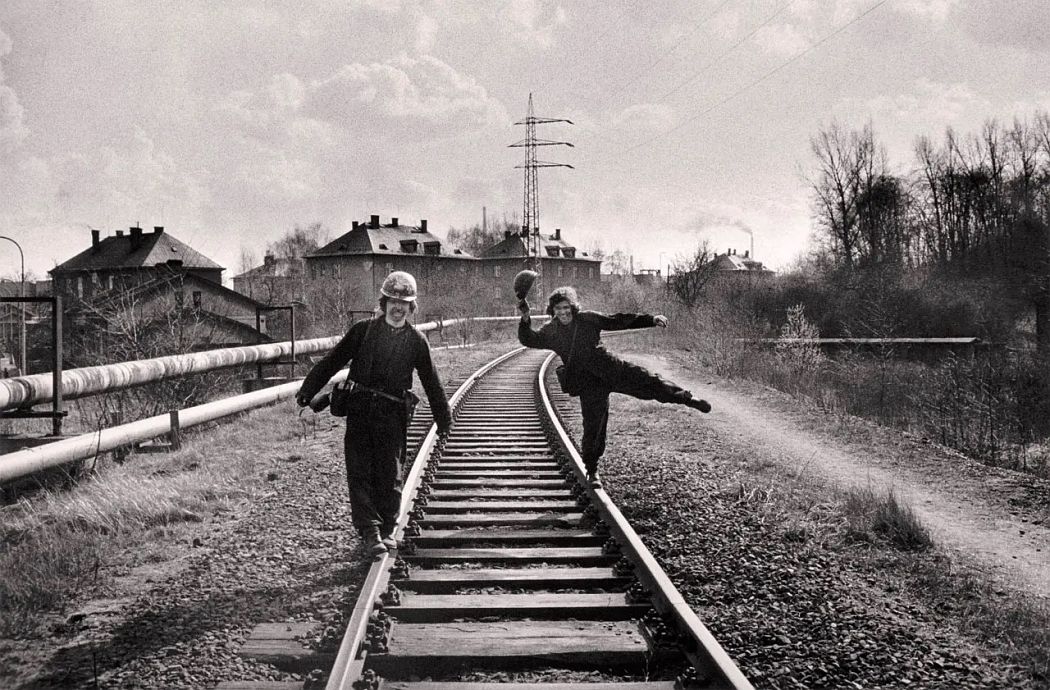
Viktor Kolar (Czech, born 1941), Untitled (Coal Miners on Railway Track), 1977. Gelatin silver print, 8 1/2 x 13 in. Crocker Art Museum, gift of Lois and Barry Ramer, M.D., 2023.153.22.
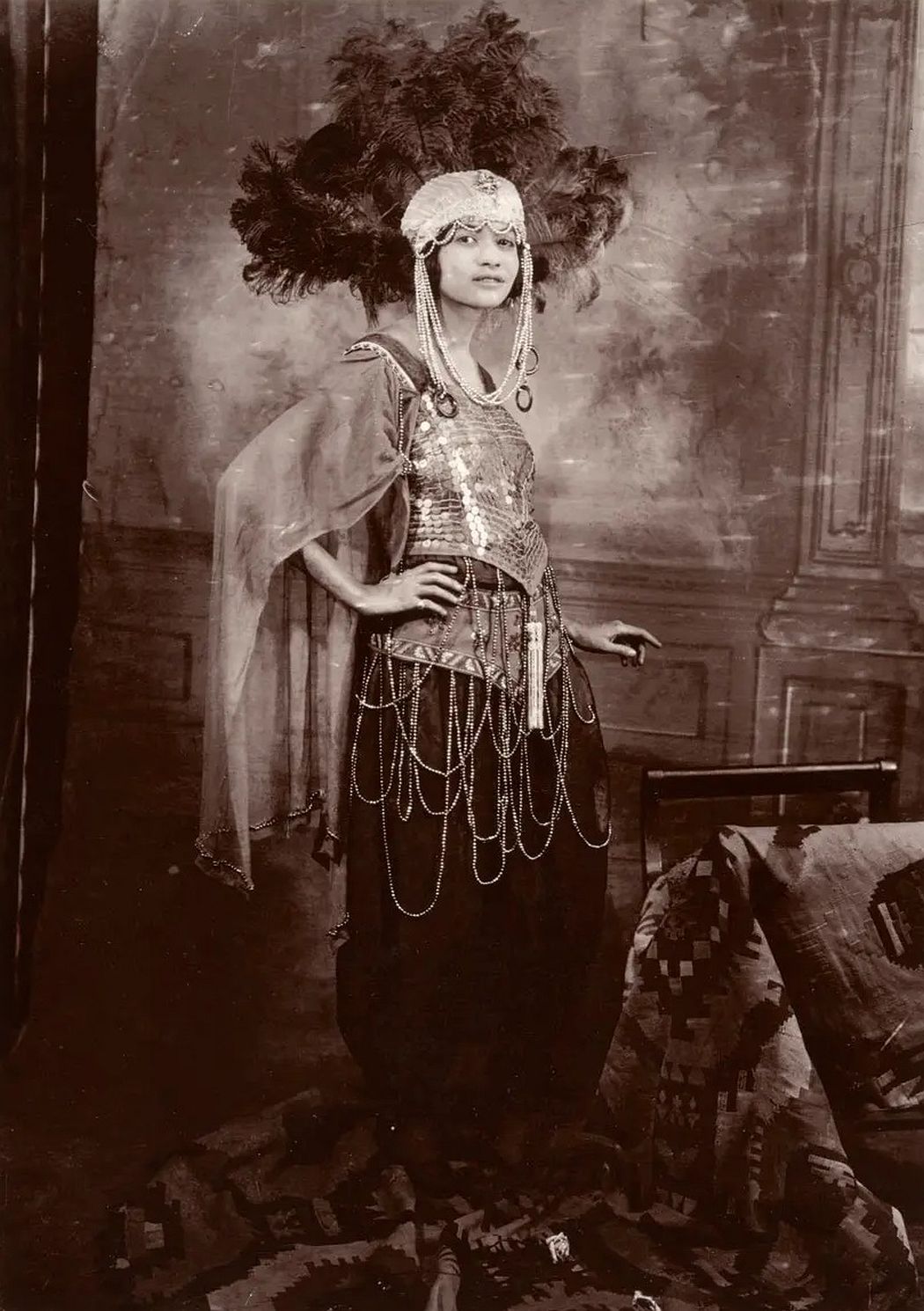
Fig. 1. James Van Der Zee (American, 1886–1983), Dancer, Harlem (IX), 1925/1974. Gelatin silver print, ed. 72/75, 6 1/2 x 4 1/2 in. (image); 15 x 12 1/2 in. (board). Crocker Art Museum, gift of Lois and Barry Ramer, M.D., 2023.153.65.
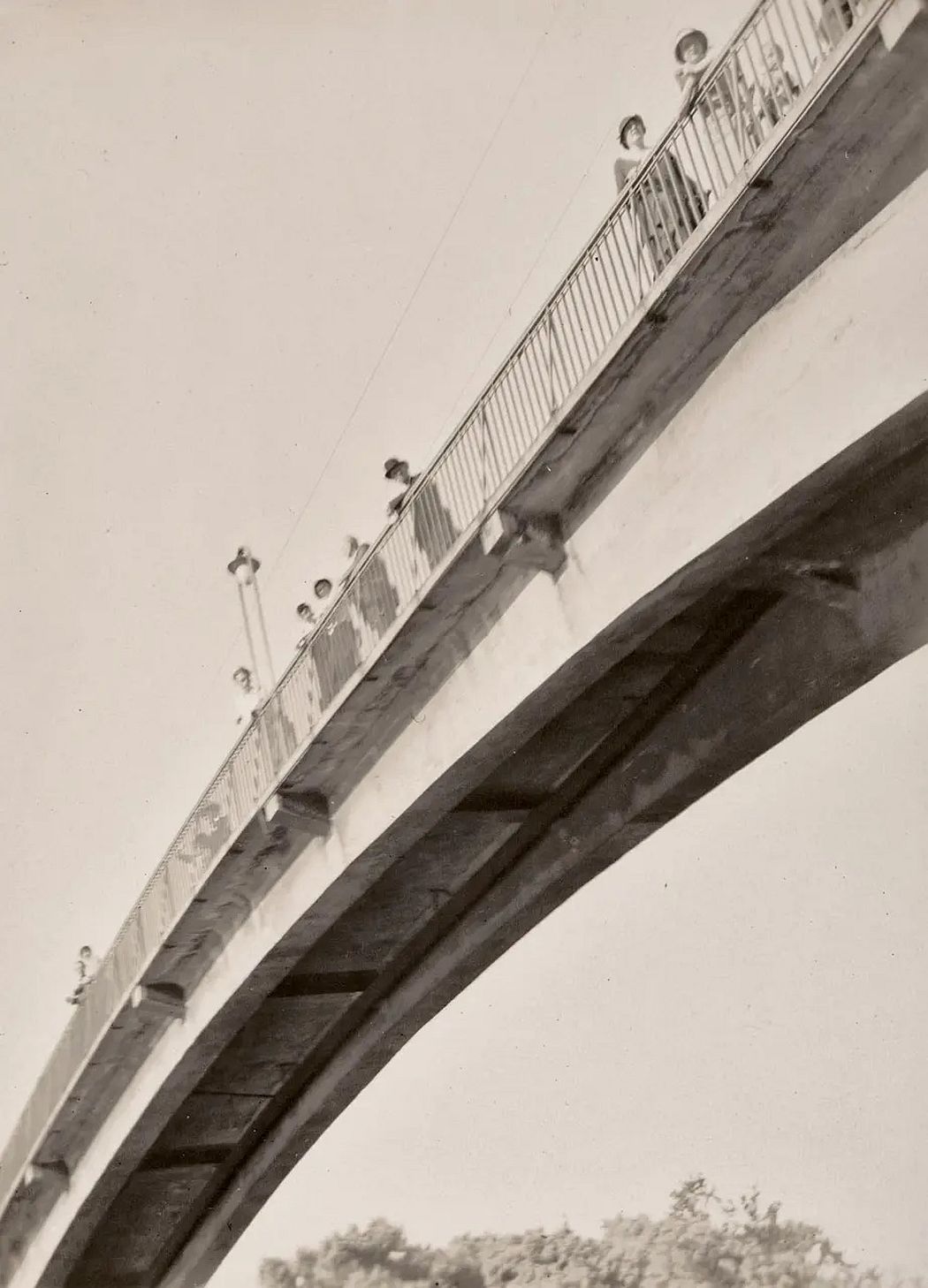
Fig. 2. Iwao Yamawaki (Japanese, 1898–1987), Untitled, 1932. Gelatin silver print, 4 x 3 3/8 in. Crocker Art Museum, gift of Lois and Barry Ramer, M.D., 2023.153.67.
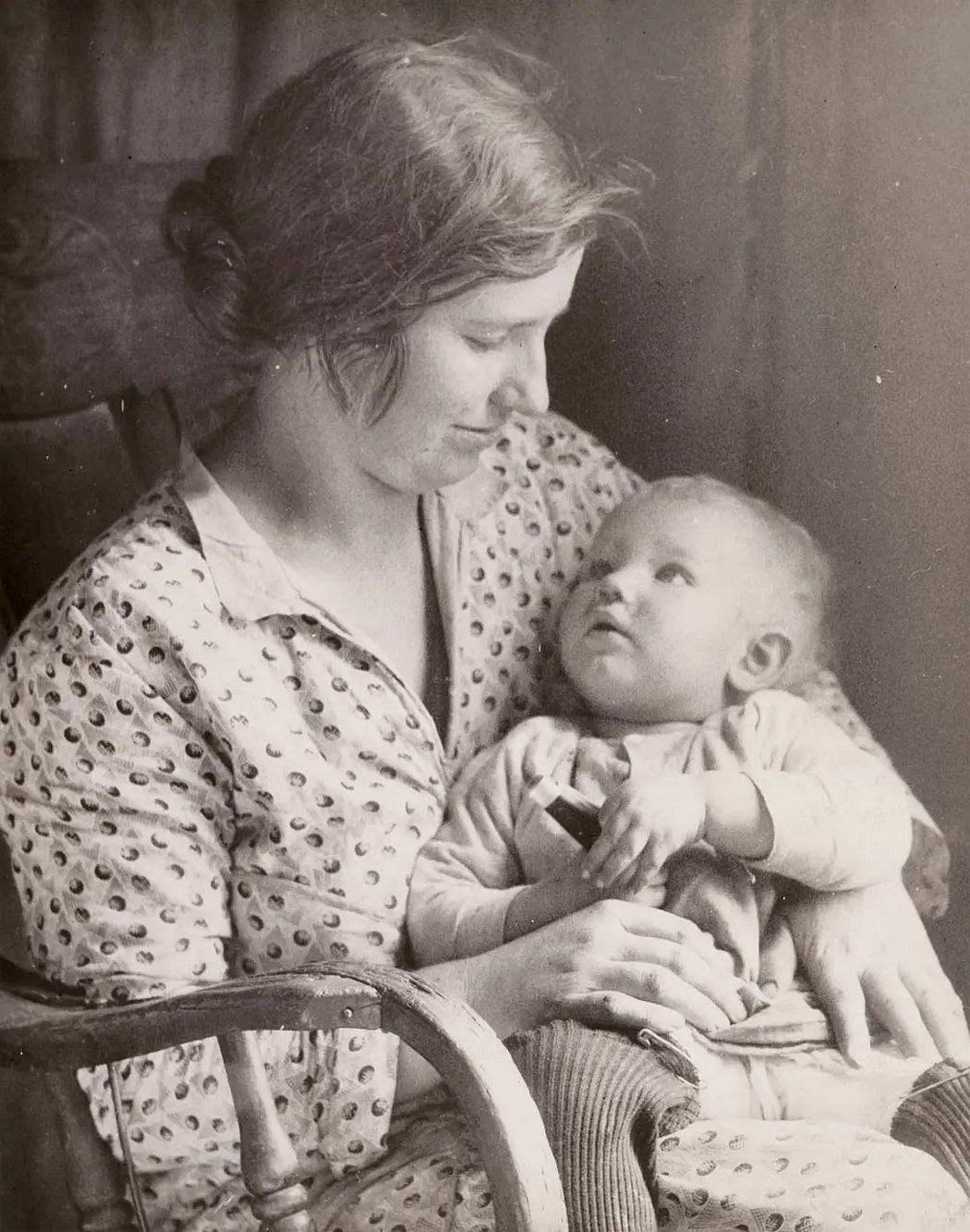
Fig. 3. Lewis Hine (American, 1874–1940), Mother and Child in Care of Red Cross During Drought, 1931. Gelatin silver print, 9 1/2 x 7 1/2 in. (image); 10 x 8 in. (sheet). Crocker Art Museum, gift of Lois and Barry Ramer, M.D., 2023.153.19.
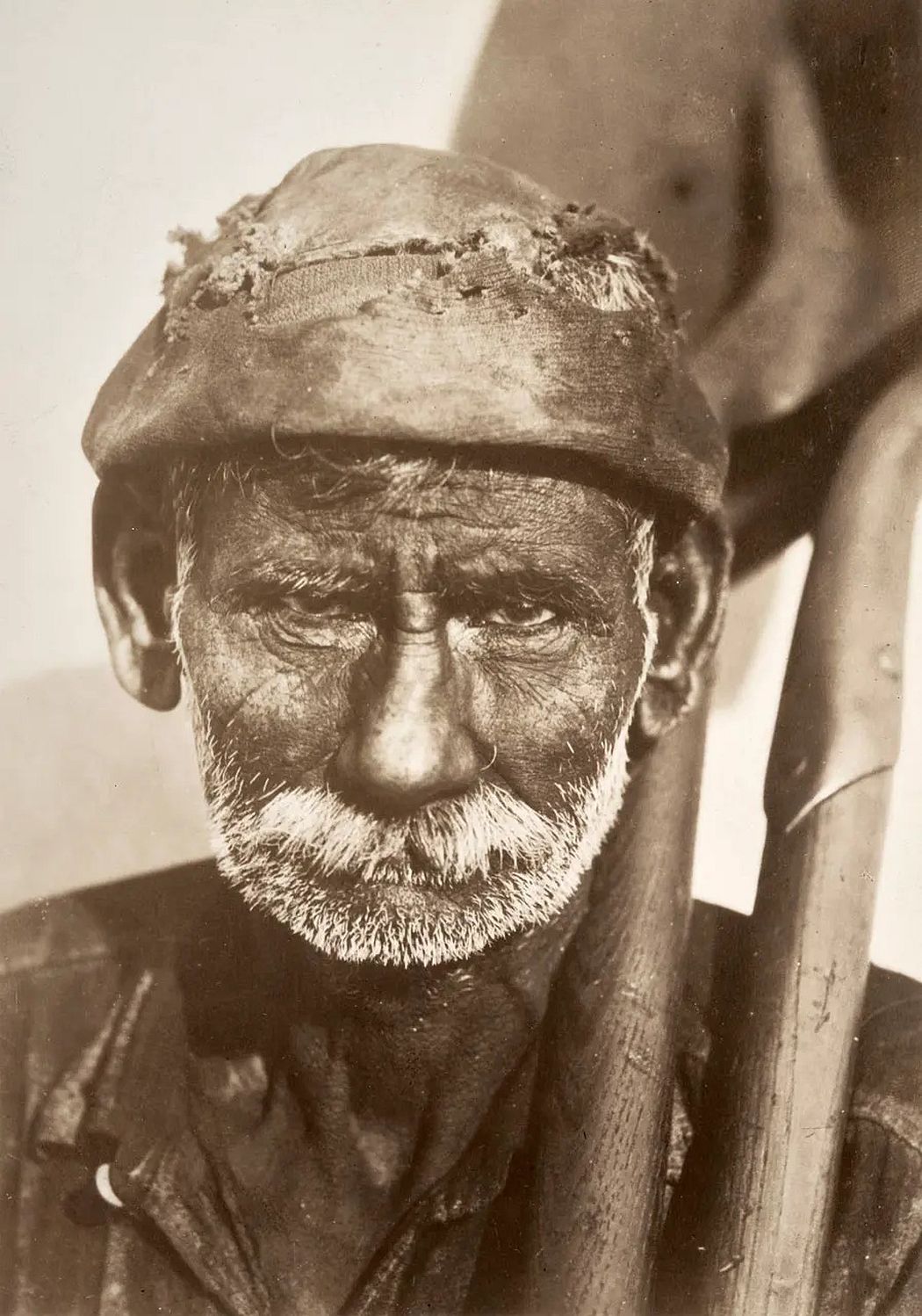
Fig. 4. Walker Evans (American, 1903–1975), Coal Dock Worker, Havana , 1932. Gelatin silver print, 6 7/8 x 4 7/8 in. (image); 7 1/4 x 5 5/8 in. (sheet). Crocker Art Museum, gift of Lois and Barry Ramer, M.D., 2023.153.15.
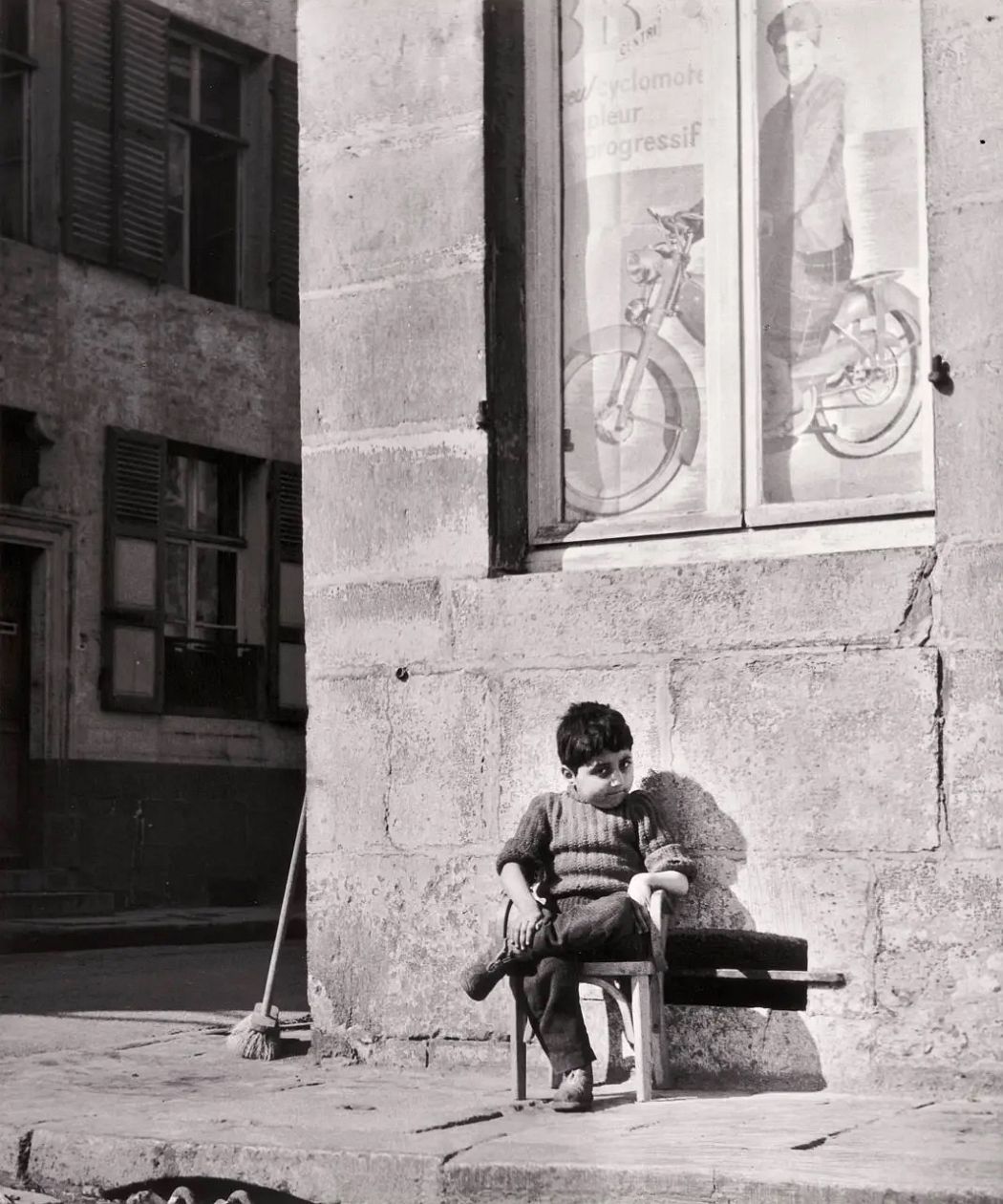
Fig. 5. Dorothy Bohm (British, 1924–2023), Grenoble, France, 1950, 1950. Gelatin silver print, 11 1/4 x 9 1/4 in. Crocker Art Museum, gift of Lois and Barry Ramer, M.D., 2023.153.10.
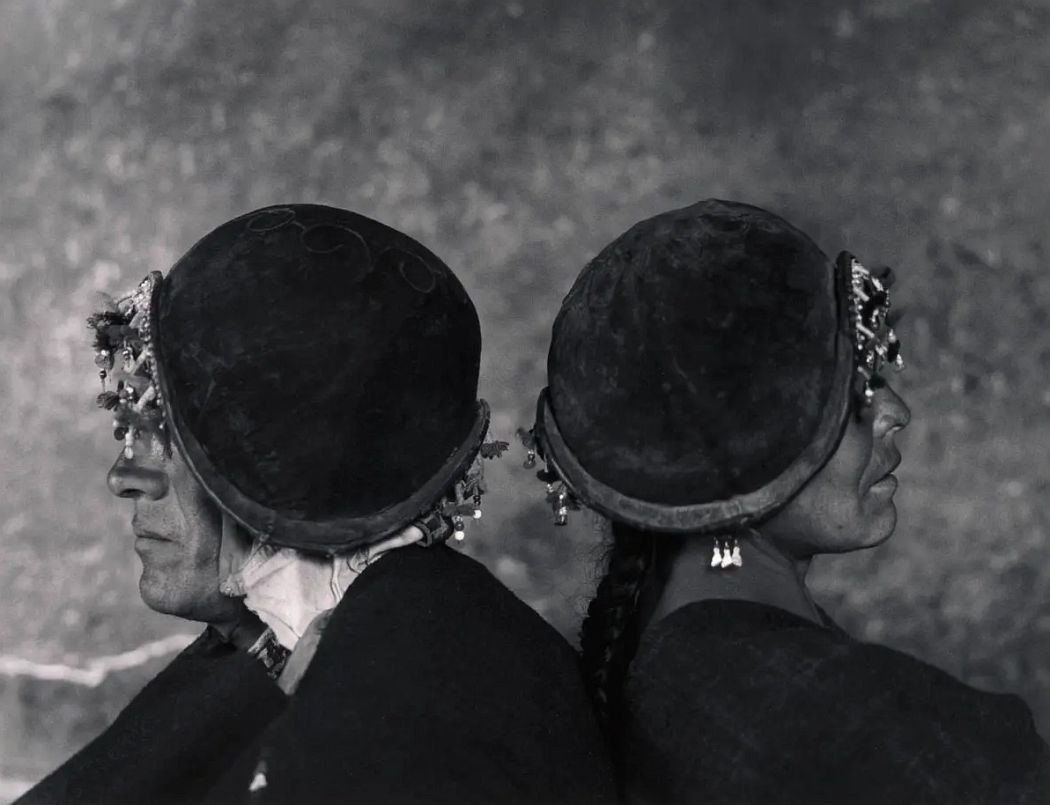
Fig. 6. Flor Garduño (Mexican, born 1957), Marcos y Simona, Candelaria, Bolivia , 1990. Gelatin silver print, 13 1/2 x 17 1/4 in. (image); 20 3/4 x 24 3/4 in. (framed). Crocker Art Museum, gift of Lois and Barry Ramer, M.D., 2023.153.18.

